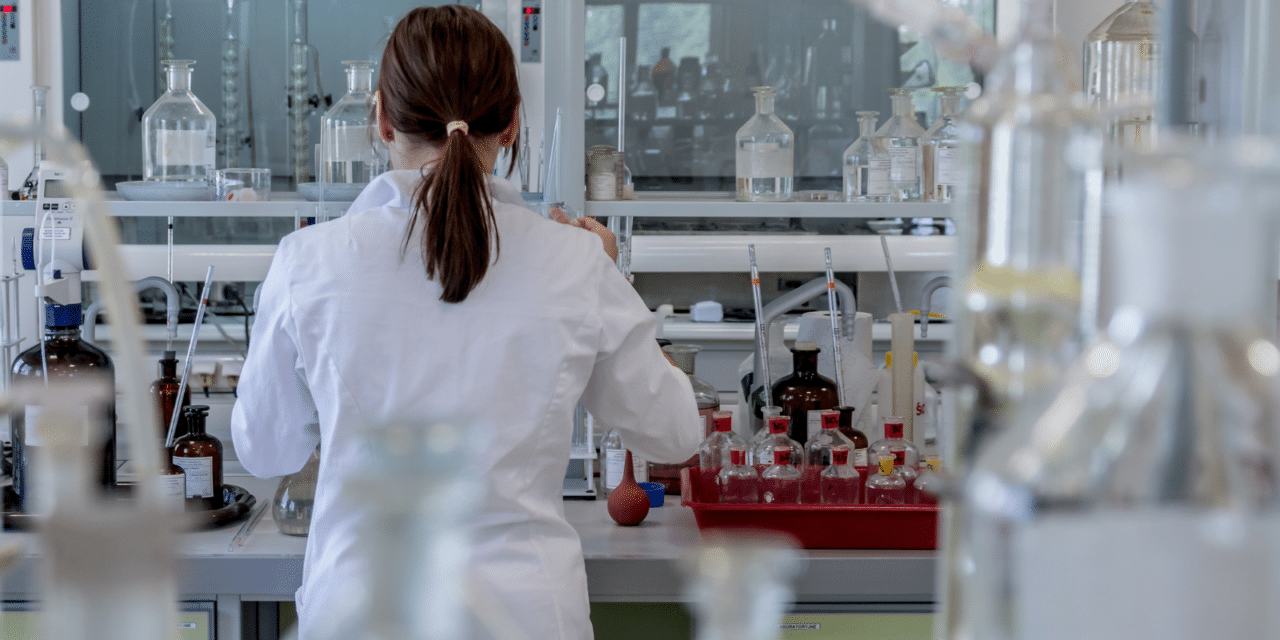Getting FDA-approved medication to patients in a cost-effective manner every time is one of the objectives of key stakeholders across the United States pharmaceutical supply chain.
It appears like a very simple thing to do.
However, did you know that 72% of the manufacturing facilities that make the active pharmaceutical ingredients (APIs) used in the formulation of U.S. medication are located overseas?
Yes, drug manufacturers in the U.S. rely on strategic pharma procurement to keep operations running.
It is not hard to see why hundreds of CPOs were concerned when news first broke out about the coronavirus pandemic.
COVID-19 has served as a wake-up call for American regulators on the need to safeguard the country’s pharmaceutical supply chain – including pharma procurement – from vulnerabilities inherent when relying extensively on overseas manufacturers for critical raw materials and drug components.
While COVID-19 may have disrupted the pharmaceutical industry, there have been other benefits such as the reshaping of the pharmaceutical supply chain.
Let’s explore how the coronavirus pandemic has brought about much-needed reform to the U.S. pharmaceutical supply chain.
The U.S. Pharmaceutical Supply Chain Pre-COVID
Phamanewsintel.com defines the pharmaceutical supply chain as:
“…the means through which prescription medicines are manufactured and delivered to patients.”
The supply chain network itself is quite complex with several key players involved including manufacturers, wholesalers, pharmacy benefit managers (PBM), and retailers as seen in the illustration below:
How COVID Affected the U.S. Pharmaceutical Supply Chain
Rumors of a novel and potentially deadly coronavirus first erupted in December 2019 in Wuhan, China.
By February 2020, scores of Chinese chemical plants had been shut down in the wake of lockdowns. And mandatory quarantines delayed full-scale return to work by employees.
By March 2020, the world was facing a major disruption in the pharmaceutical supply chain. Manufacturers and stakeholders along the supply chain immediately went into survival mode relying on business continuity plans.
By April, however, Chinese, EU and US API producers were back in business.
While pharma procurement and delivery times were affected as borders shut down, what saved many producers were the emergency raw material stocks that they kept on hand which gave them enough leeway to survive while monitoring the situation.
Swiss industry consultant, Roger Laforce pointed out the grave need for producers to rethink pharma procurement particularly when sourcing from Asia. CPOs must come up with ways to secure and protect themselves against such volatility and supply chain vulnerabilities.
Speaking to Chemical & Engineering News (C&EN), Laforce said, “The coronavirus…will have a long-term effect on how supply chain management will be run.”
And considering the pace at which China continues to grow and dominate the global pharmaceutical supply chain, this is indeed a noteworthy observation.
What Has COVID-19 Changed About the U.S. Pharmaceutical Supply Chain?
Undoubtedly the first thing that COVID-19 has done is brought about greater awareness to the vulnerabilities surrounding pharma procurement and the overall pharmaceutical supply chain in the U.S.
CEO of C2 Pharma Andrew Badrot, put it poignantly, “We need to look at medication on an equivalent level of strategic importance as weapons.” There is no argument about the importance of domestic control of the U.S. supply chain.
Fortunately, lawmakers have also actively responded and stepped up to the plate bringing these issues to the attention of Congress.
One of the premier people to push for reshaping of the pharmaceutical supply chain was former White House economic adviser Peter Navarro who suggested a “Buy American” executive order be mandated in March 2020.
He wasn’t alone as Senator Tom Cotton and Representative Mike Gallagher also engaged the House by introducing the Protecting Our Pharmaceutical Supply Chain Act. The main aim of this Act was to push for a ban on the purchasing of Chinese APIs and finished drugs by the year 2022.
This isn’t the only bill that’s been put forth, however. Senator Marco Rubio also spearheaded a separate proposal called the Strengthening America’s Supply Chain and National Security Act in March 2020.
This specific Act had at its core accountability as it asked U.S. drug manufacturers to furnish the FDA with additional information about their API supply.
In line with the former U.S. president’s mantra of putting America First, COVID-19 truly served to highlight the need for American drug manufacturers to review sourcing in the supply chain and take a serious look at securing their pharma procurement activities all while strengthening their vendor supplier relationships.
Conclusion
COVID-19 has been the long-awaited wake-up call that the pharma industry needed to start tightening up operations and review pharma procurement strategies.
The clarion call for reform and reshaping of the industry has been taken up not just by drug makers but by lawmakers.
Only time will tell what the long-term effect of this global pandemic will be on the U.S. pharmaceutical industry.
Would you like to discuss procurement software with a consultant or to schedule a demo of our solutions? Contact us today.










